History of iPhone: From revolution to the next big thing
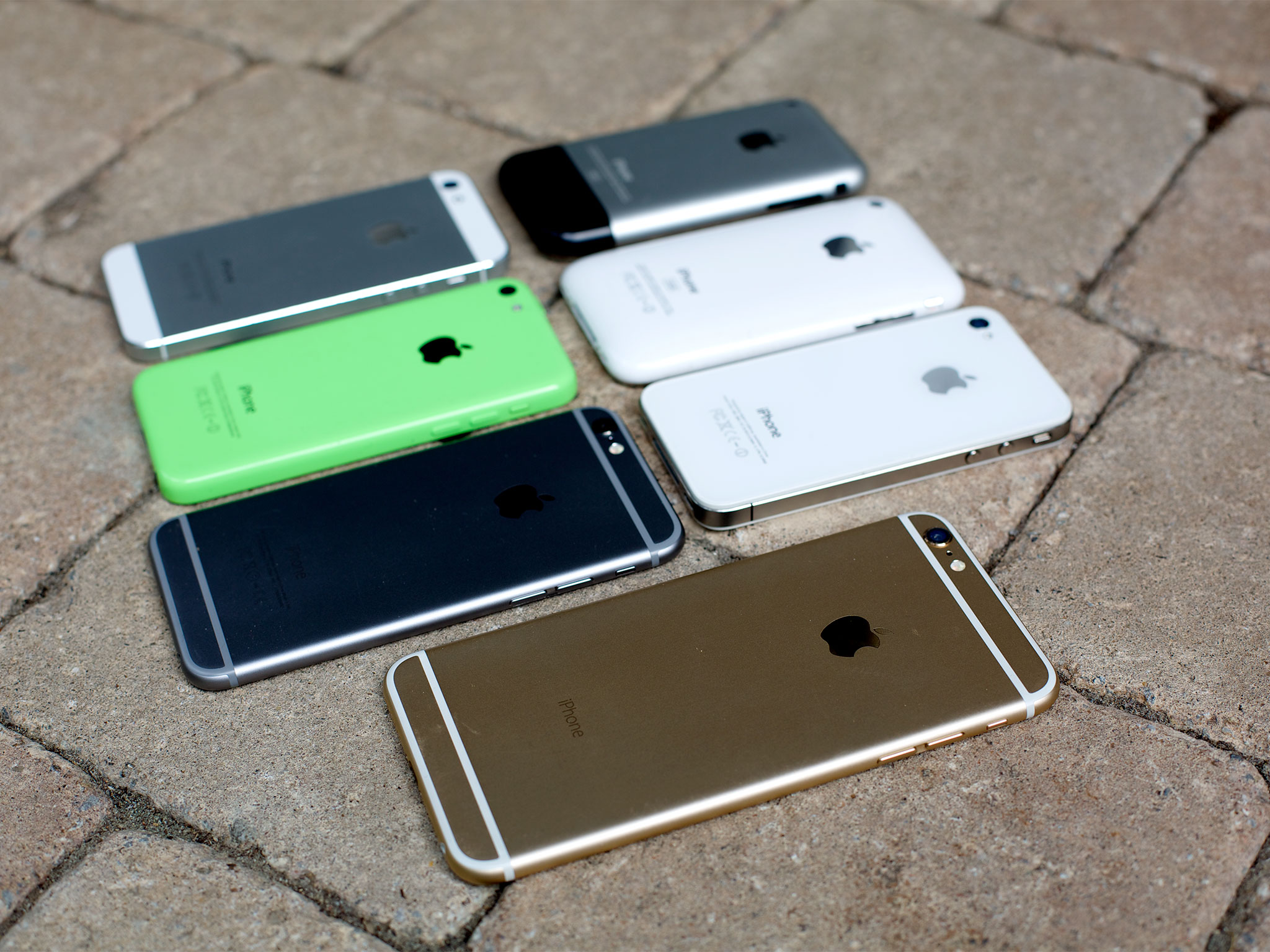
Apple introduced the original iPhone back in 2007, instantly obsoleting every other smartphone on the planet in every way that mattered. Over the next two years, with the iPhone 3G and iPhone 3GS, Apple increased functionality while simultaneously lowering price, taking the smartphone fully out of the niche and making it mainstream. The iPhone 4 and iPhone 4S continued that evolution, bringing support for broader carriers and faster speeds, better displays and new, natural language interfaces. The iPhone 5 took manufacturing to new levels and the screen to new heights, but most importantly it set the stage for what's coming next — iOS 8, the iPhone 6, the iWatch, and more. Before we embark on that brave new future, however, we're going to take a look back. This is the story of Apple's revolutionary phone. Of Steve Jobs' phone. Of the iPhone. And for many of us, our phone.
- History of the original iPhone
- History of iPhone 3G
- History of iPhone 3GS
- History of iPhone 4
- History of iPhone 4s
- History of iPhone 5
- History of iPhone 5c
- History of iPhone 5s
History of iPhone: Apple reinvents the phone
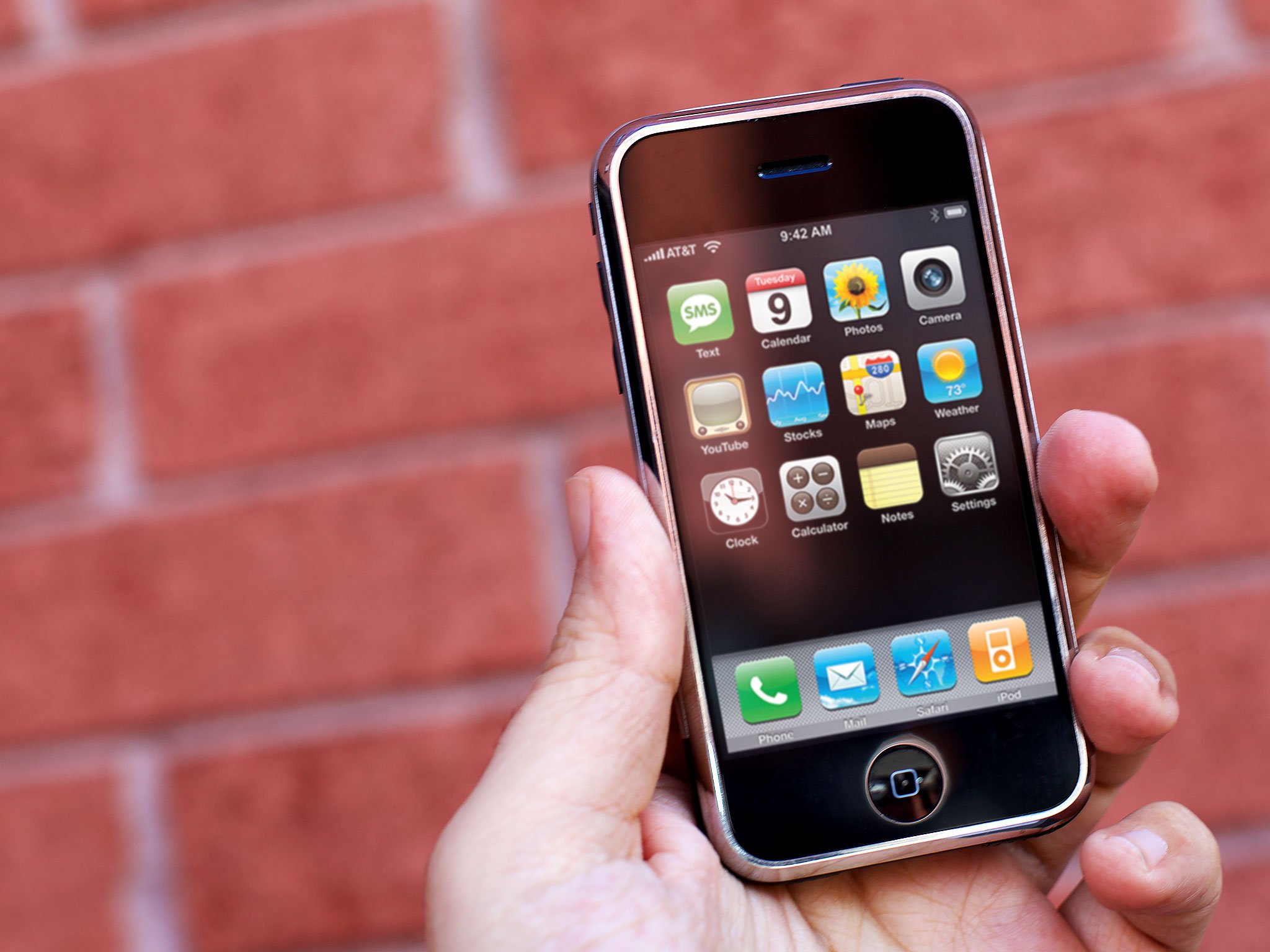
On January 9, 2007 the late Steve Jobs put sneaker to Macworld stage to give one of the most incredible keynote presentations of his life - a life filled with incredible keynotes - and in the history of consumer electronics. There, he said he would be introducing a wide-screen iPod with touch controls, a revolutionary mobile phone, and a breakthrough internet device. But it wasn't three products. It was one product. We got it. It was the iPhone.
History of iPhone 3G: Twice as fast, half the price
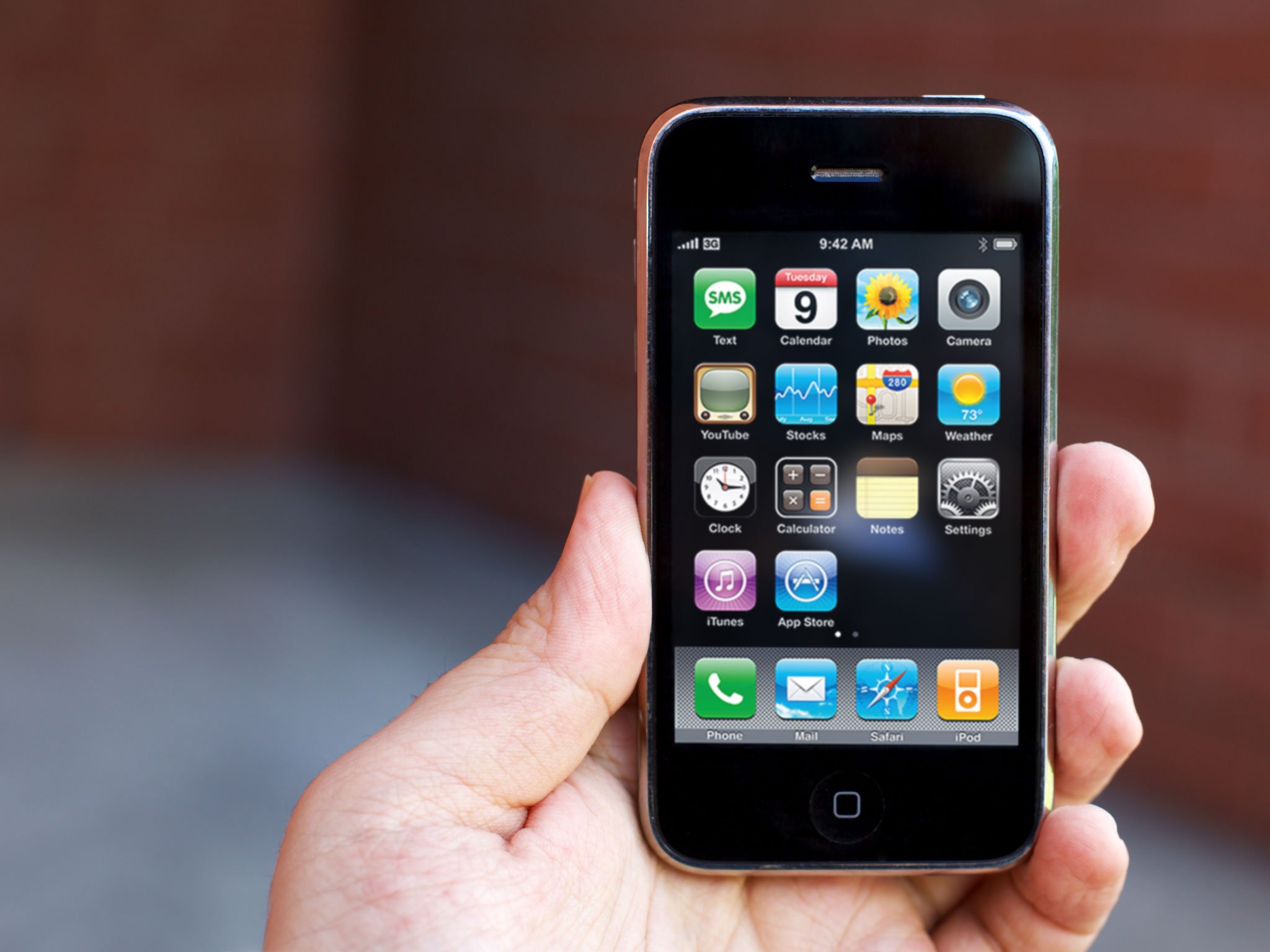
At WWDC 2008 on June 9, after finalizing the details of the upcoming App Store, and summing up the original iPhone's achievements, the late Steve Jobs dove into the next challenges Apple had to face, the next mountain they had to climb. On the surface, they were obvious even before Jobs bulleted them on stage - 3G, Enterprise, third-party apps, more countries, and more affordable. The software changes came as part of iPhone OS 2.0. The hardware, iPhone 3G.
History of iPhone 3GS: Faster and more powerful
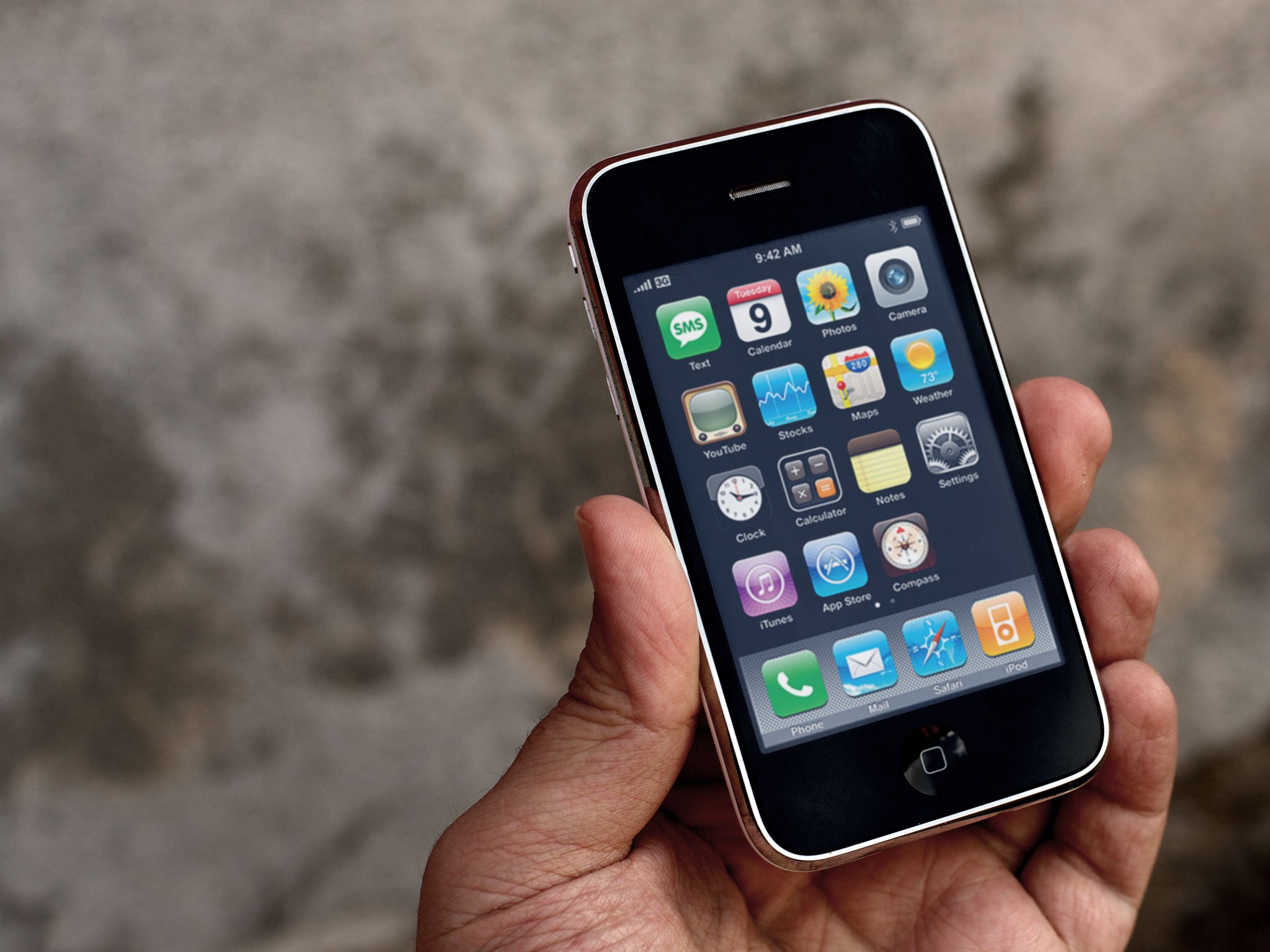
Steve Jobs didn't give the WWDC keynote on June 8, 2009. He was away on medical leave. So, a team of Apple executives soldiered on without him. That included Senior Vice President of Worldwide Marketing, Phil Schiller, who's task was to fill the biggest New Balances in the business, for what was becoming Apple's biggest business. Schiller started off quoting Time Magazine's praise for the last generation, "the phone that has changed phones forever." He'd go on to make that phone more affordable forever, while also introducing its successor. It boasted twice the speed, both for processing and data networking. It was the iPhone 3GS.
History of iPhone 4: Changing everything - again
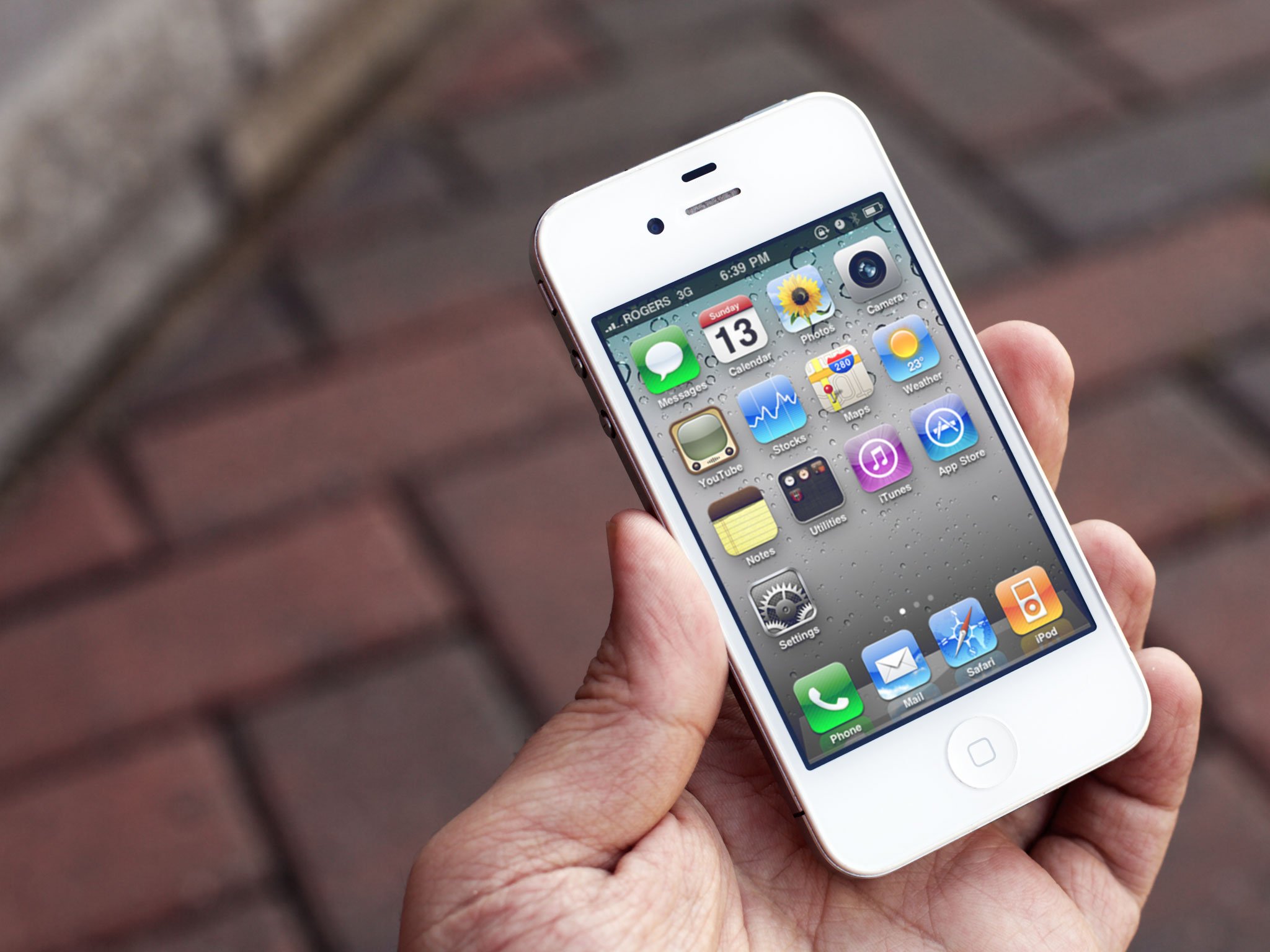
Steve Jobs returned to the WWDC keynote stage on June 7, 2010. He'd introduced the iPad earlier in the year, and kicked things off with an update on how it, and the App Store had been doing. Then he turned his attention to iPhone, and after recapping Apple had done to date, he began on what would come next. It had over 100 new features. It has an all-new design, an all-new camera, and an all new screen resolution. It was hot. It was the iPhone 4
History of iPhone 4S: The most amazing iPhone yet
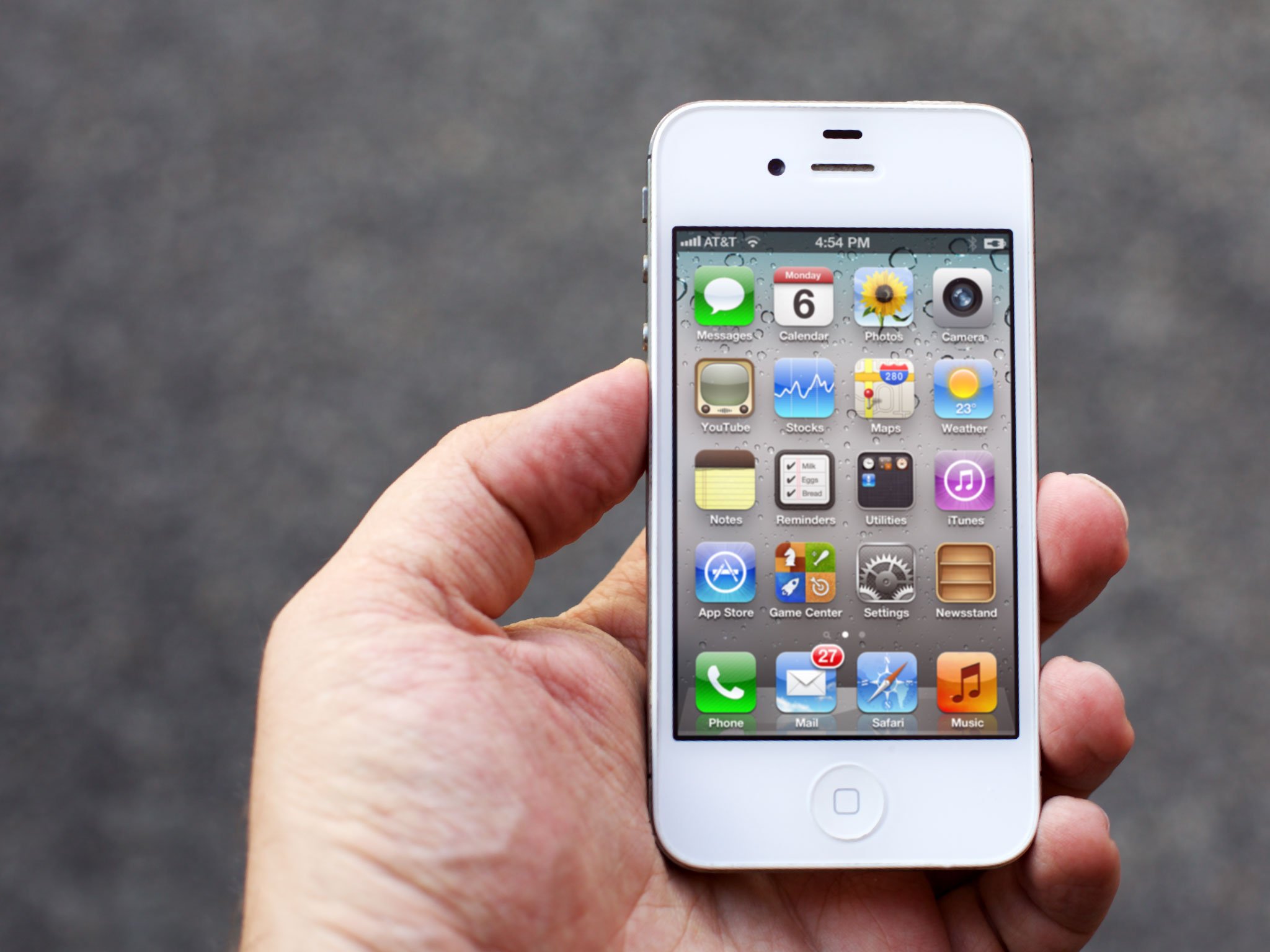
Nothing about 2011 was normal for Apple. Tim Cook had introduced the Verizon iPhone 4 at the beginning of the year and Apple had finally shipped the white iPhone 4 by spring. But unlike previous years, WWDC 2011 came and went with nary a mention nor a glimpse of a new iPhone. Steve Jobs went on medical leave again, and in August resigned as CEO. He passed away on October 5, 2011. Just the day before Apple's new CEO, Tim Cook, SVP of Marketing Phil Schiller, and other executives valiantly took the stage at a special media called "Let's Talk iPhone". There, under tremendous emotional strain, they introduced the most amazing iPhone yet. The iPhone 4S.
History of iPhone 5: The biggest thing to happen to iPhone
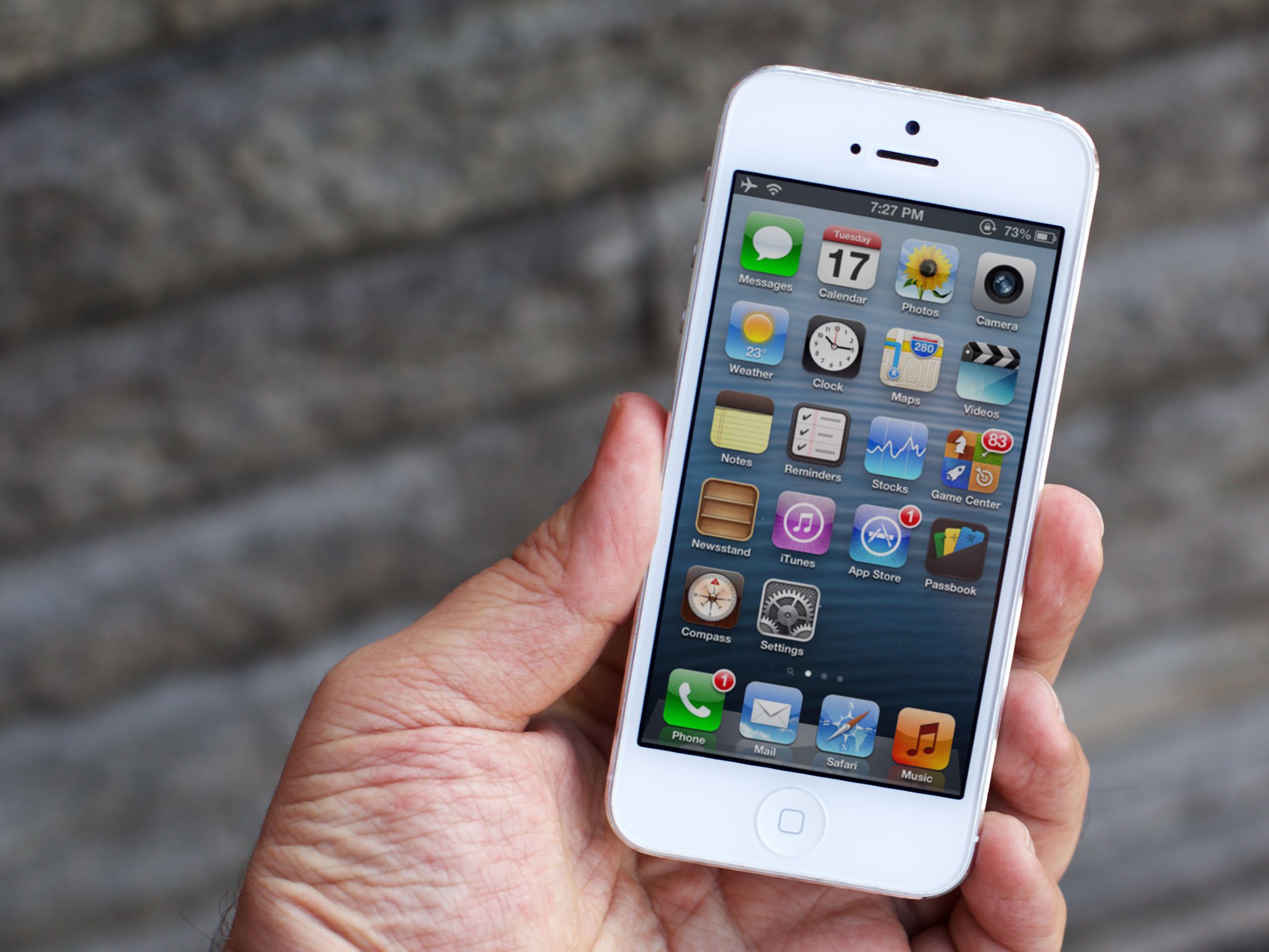
WWDC once again came and went without any new iPhone announcements, re-affirming that that 2011 hadn't be a fluke. Fall was the new summer. So it was that Apple announced another iPhone event for September 12, 2012. There Apple SVP of worldwide marketing announced the biggest thing to happen to the iPhone since the original iPhone. Big as in in thinner and lighter. Big as in screaming fast LTE. Big as in a taller screen. Big as in the iPhone 5.
Master your iPhone in minutes
iMore offers spot-on advice and guidance from our team of experts, with decades of Apple device experience to lean on. Learn more with iMore!
History of iPhone 5c: The most colorful iPhone yet
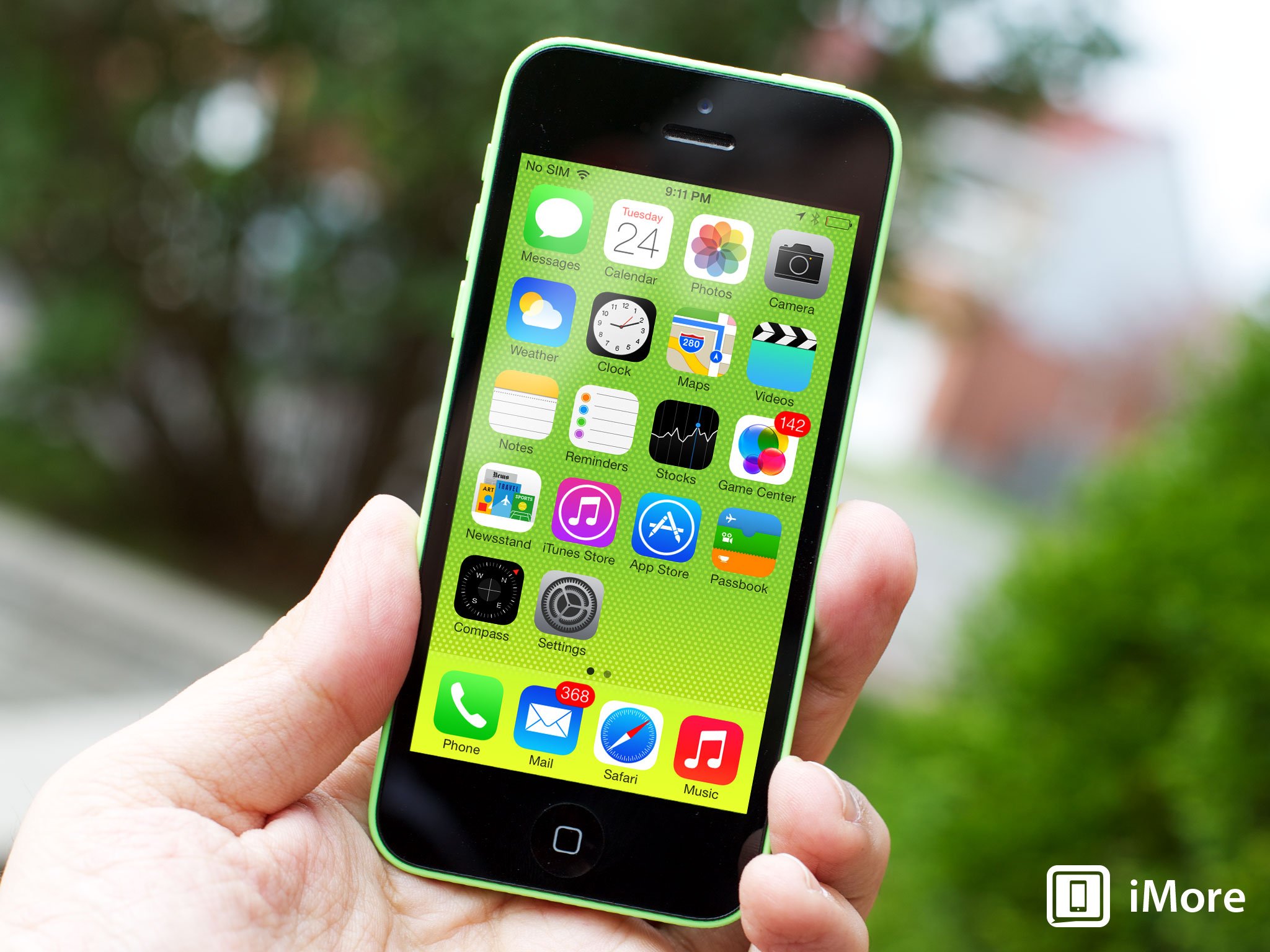
The invitation for Apple's 2013 iPhone event played off the dot motif from the whimsically animated video Tim Cook had shown off at WWDC, the one that expounded on Apple's core values and beliefs, and what they're willing to put their signature to. But unlike the stack black and white of the video, the invitations dots were in bright, bold color. So it was that on September 10, 2013, when Tim Cook took the stage, he announced that unlike almost every year previously, Apple wasn't going to lower the price of the previous year's black- and white-cased iPhone 5. That year the business had grown so large, Apple was going to replace with something new. With something fun. With something colorful. With the iPhone 5c.
History of iPhone 5s: The most forward thinking iPhone ever
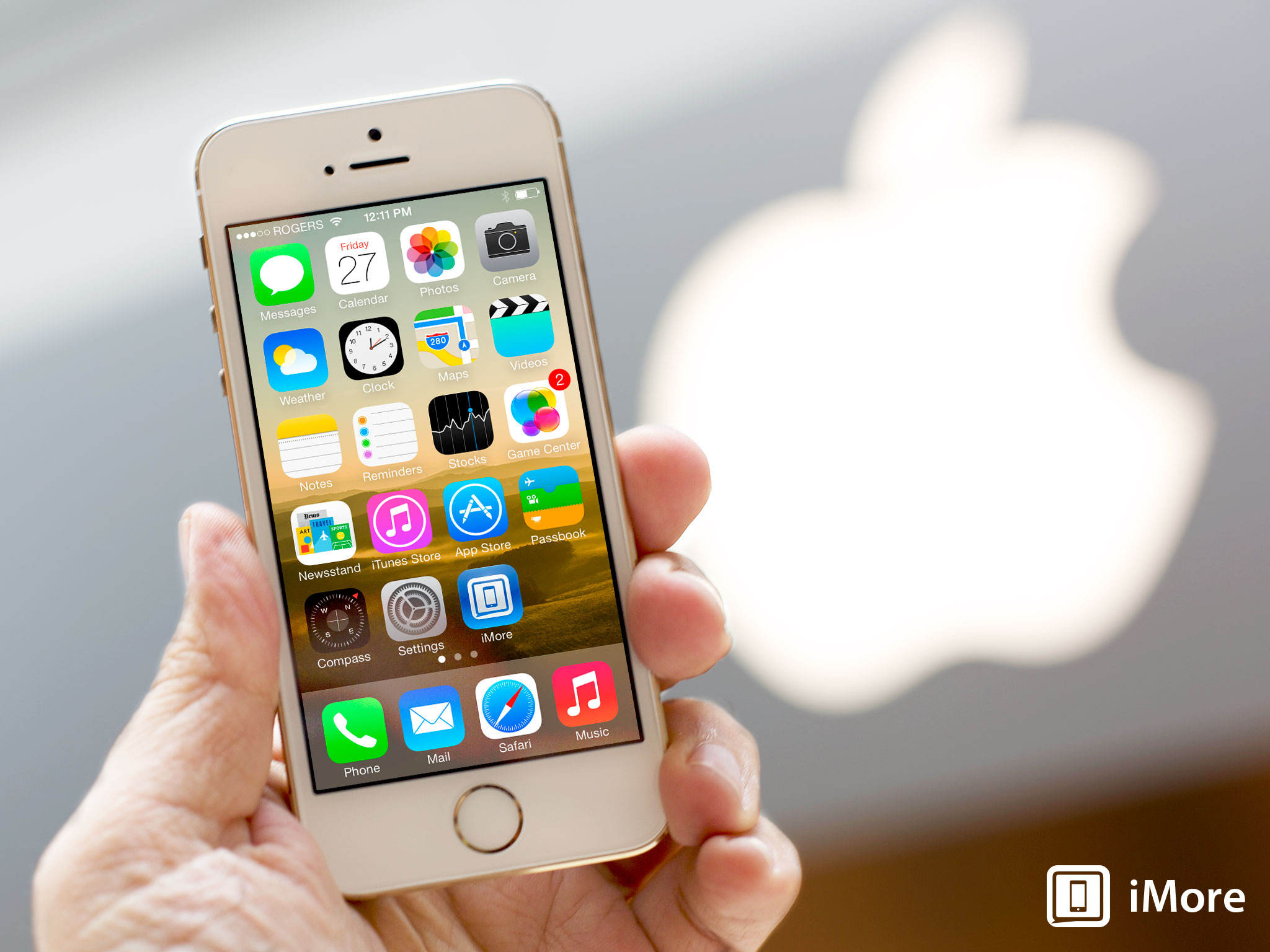
Apple's event on September 10, 2013 was unique in their history — they introduced not one but two new phones on stage that day. The first was a re-imagining of the previous year's model in a new, more colorful form. It was the past made present. The second was all about the future. It was, as Phil Schiller called it, the most forward thinking iPhone ever. It was the iPhone 5s.
And more!
We're working on expanding our iPhone History series but in the meantime we have plenty more reviews for you to check out!

Rene Ritchie is one of the most respected Apple analysts in the business, reaching a combined audience of over 40 million readers a month. His YouTube channel, Vector, has over 90 thousand subscribers and 14 million views and his podcasts, including Debug, have been downloaded over 20 million times. He also regularly co-hosts MacBreak Weekly for the TWiT network and co-hosted CES Live! and Talk Mobile. Based in Montreal, Rene is a former director of product marketing, web developer, and graphic designer. He's authored several books and appeared on numerous television and radio segments to discuss Apple and the technology industry. When not working, he likes to cook, grapple, and spend time with his friends and family.
